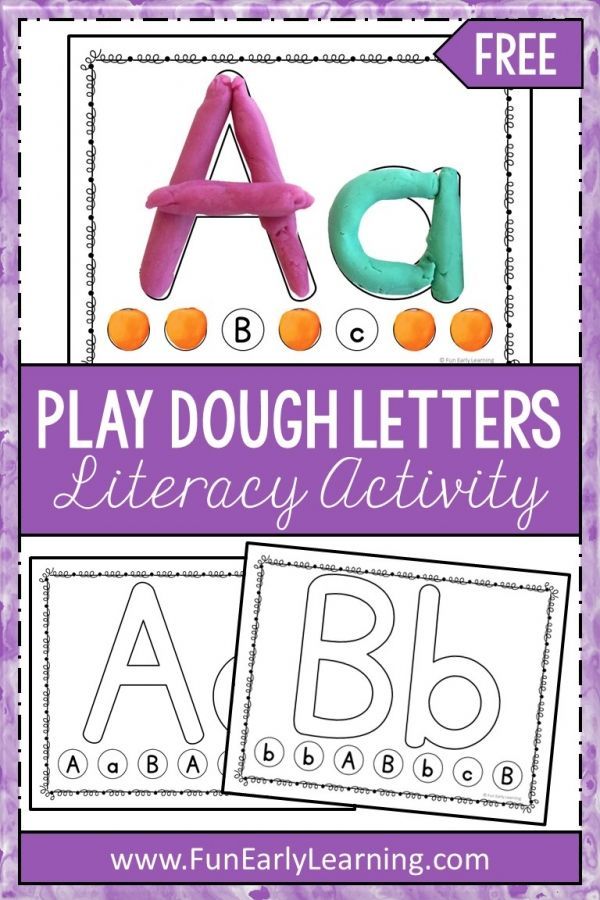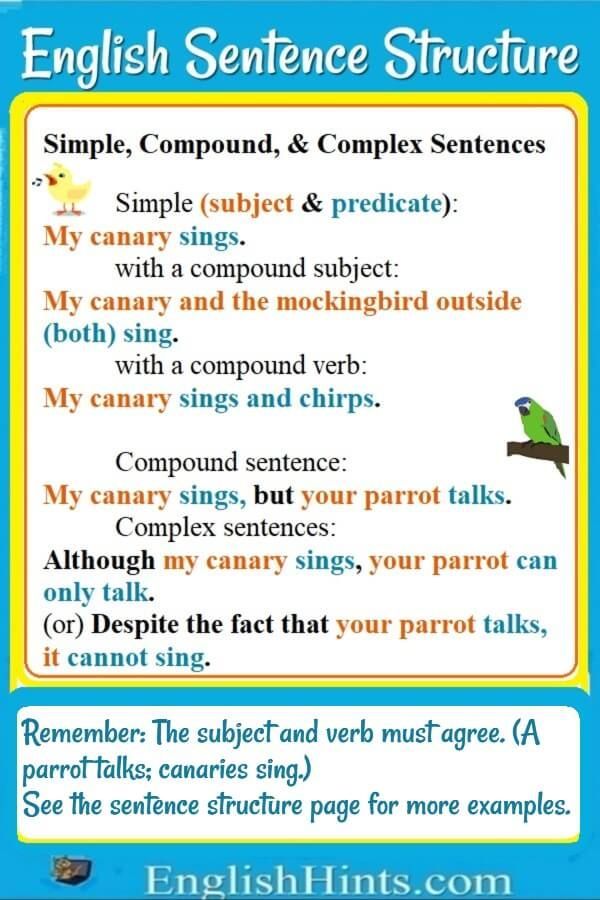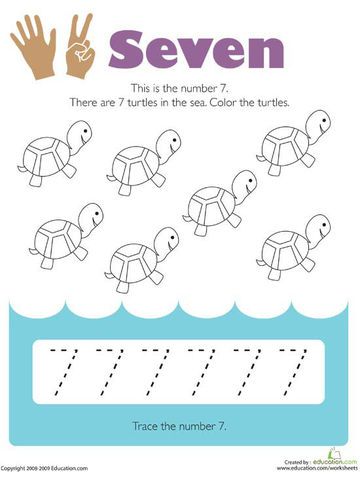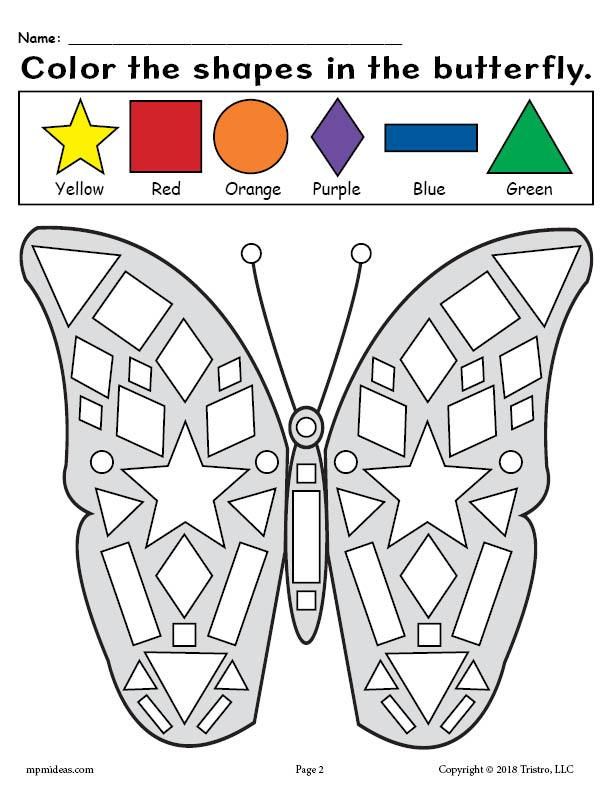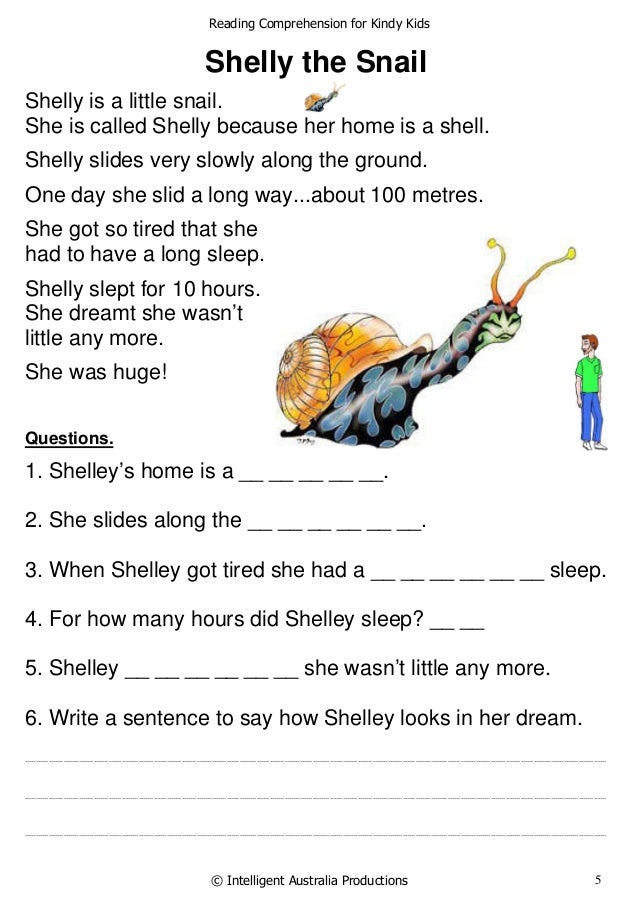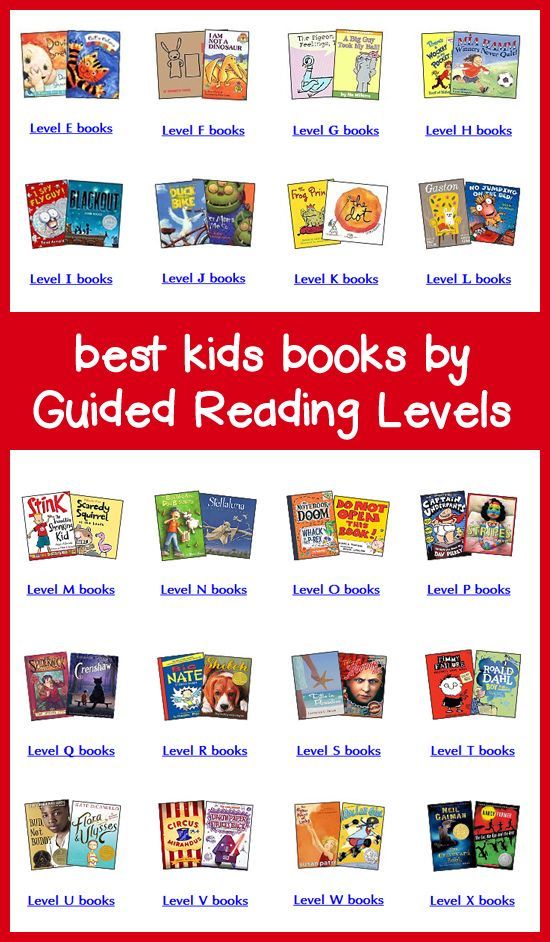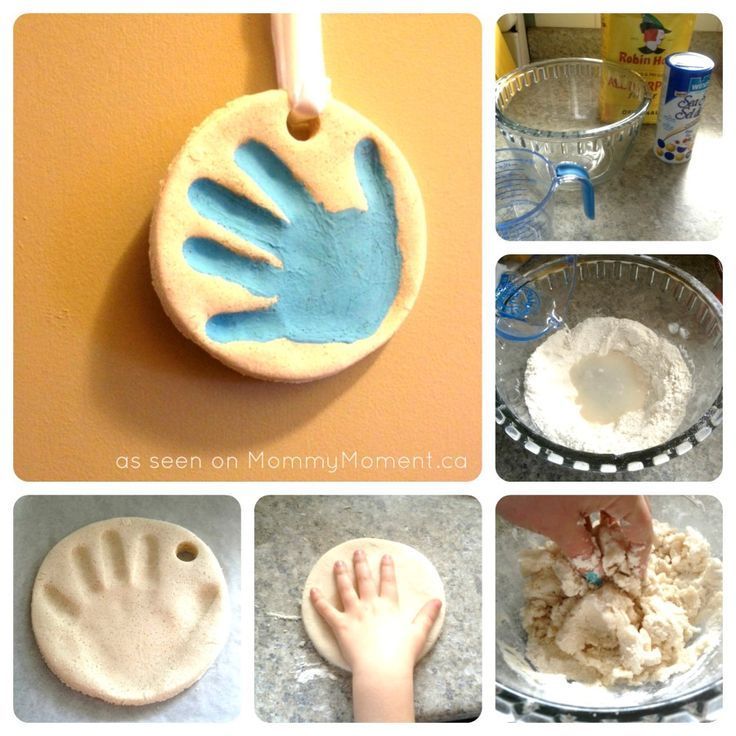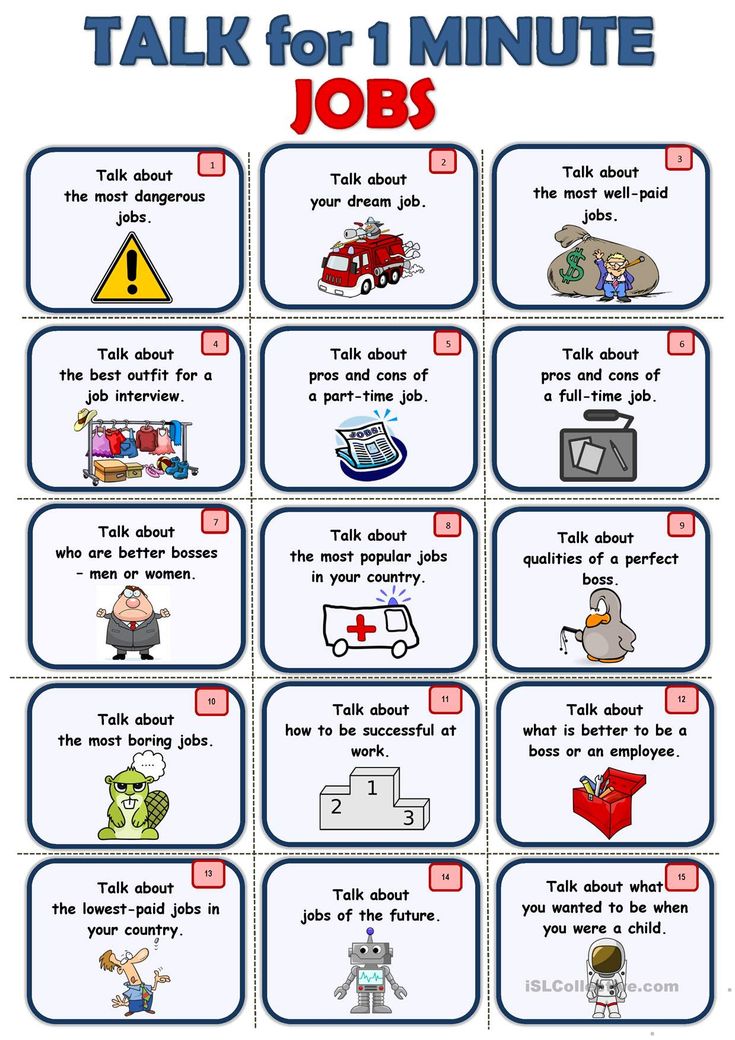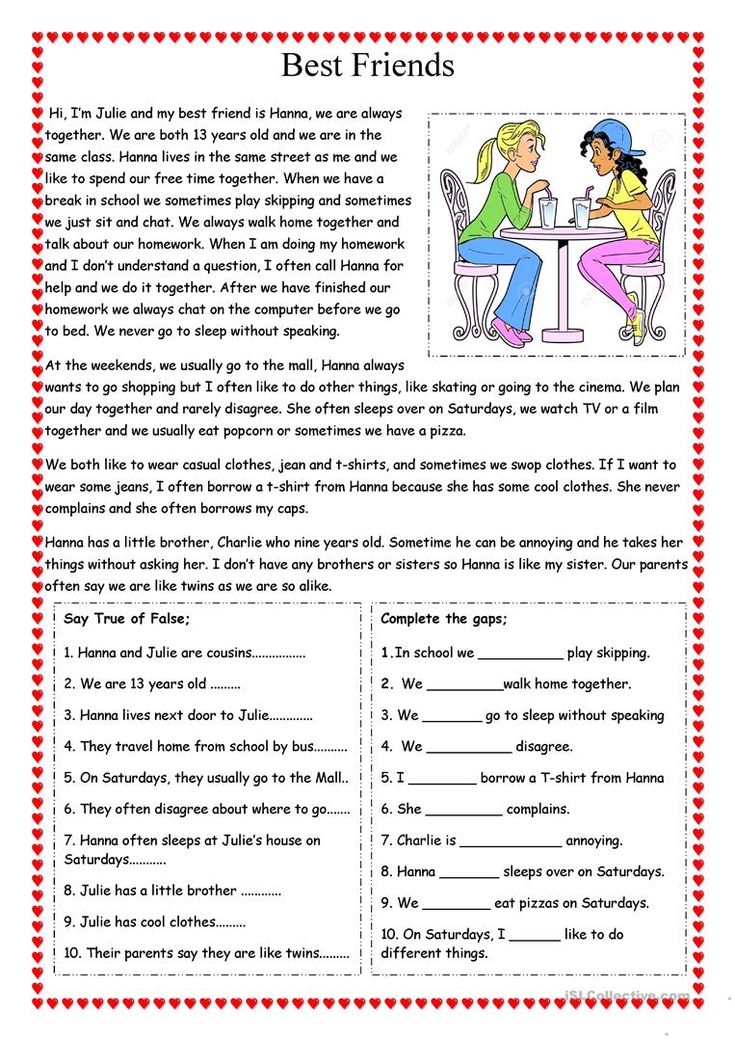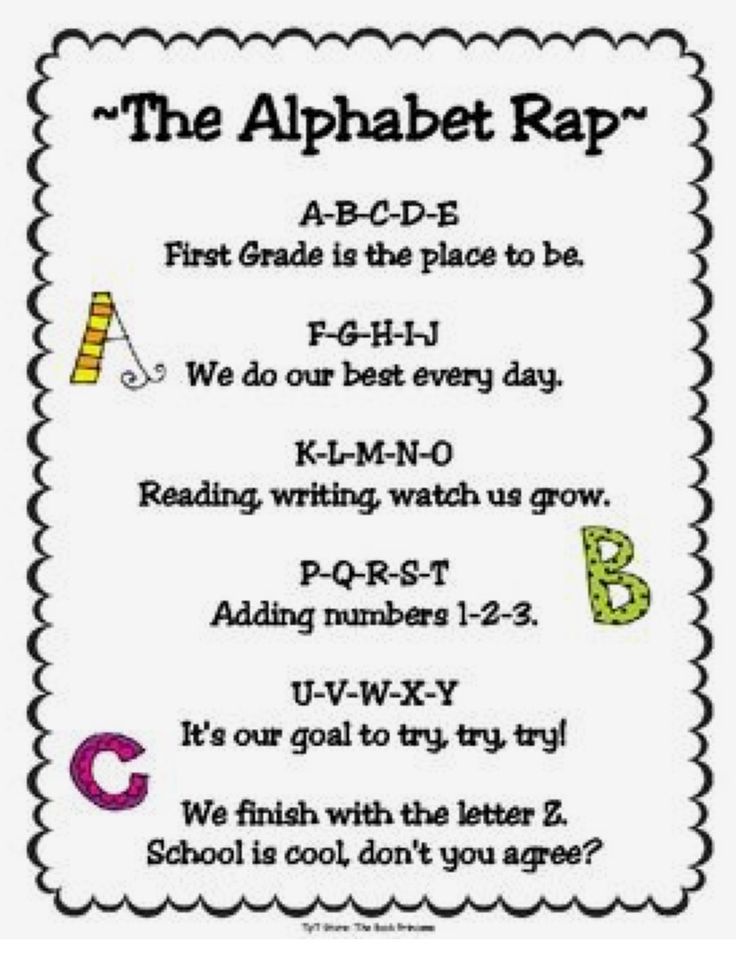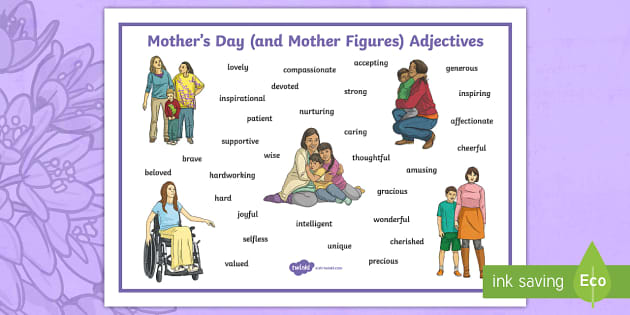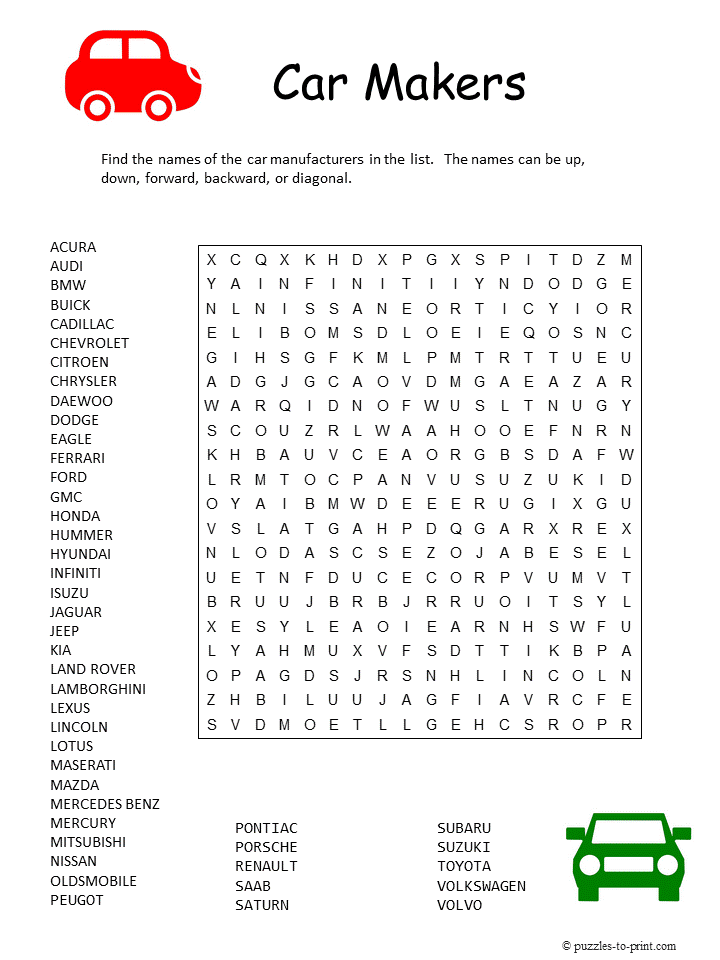Play the letter
Play Letter-Sound Hopscotch! | Activity
Activity
It's not shiny or digital, but hopscotch is classic fun for little kids. You probably remember playing it with numbers from one to ten, but have you tried a variation with letters? As your child prepares for reading, try getting creative with movement and letters with this fun game. Here are two variations of “letter-sound” hopscotch that can build your child's phonics skills and help them jump right into reading.
Download free activity
Grade
KindergartenFirst Grade
Subject
Reading & writingGrammarPhonicsLetter SoundsVowelsLong E/Short ELong A/Short ALong I/Short ILong O/Short OLong U/Short UWord PatternsBlends Offline gamesGroup Games
What You Need:
- Piece of sidewalk chalk
- Small rock
- Perhaps a friend or sibling or two!
What You Do:
- “Letter Blend” Hopscotch Game: Find a nice blank section of pavement—on a playground, sidewalk, or driveway—and use your chalk to draw twelve large square boxes with letter sounds in a hopscotch formation (check out this activity for an example).
Kids start by hopping on one foot at a time, and say the name of the letter they land on. But when they land on the squares that go two across, one foot on each, they need to say the sound that the two letters make together. So, for example, a kid would start by hopping on one foot on “C,” and saying it out loud. Then they'd hop on one foot to “H,” but then land on the “crossbar,” in which the left foot is on “C” and the right foot is on “H.” Now the letters combine, and your child should shout the sound “CH”! Once they've got the hang of it, they are ready to play with the rock; they'll throw it onto successive boxes, hop around it while saying the letters, and then try to pick it up without losing their balance.
- “Vowel Sound” Hopscotch: In early elementary school, kids will learn the difference between vowels—a,e, i, o, u (and sometimes y)—and consonants. They'll learn how every word in English has a vowel in it, and they'll practice finding vowels in words. What’s often tough, however, is that every vowel has not one but two possible sounds! In technical terms, we call these the “long” and “short” sounds.
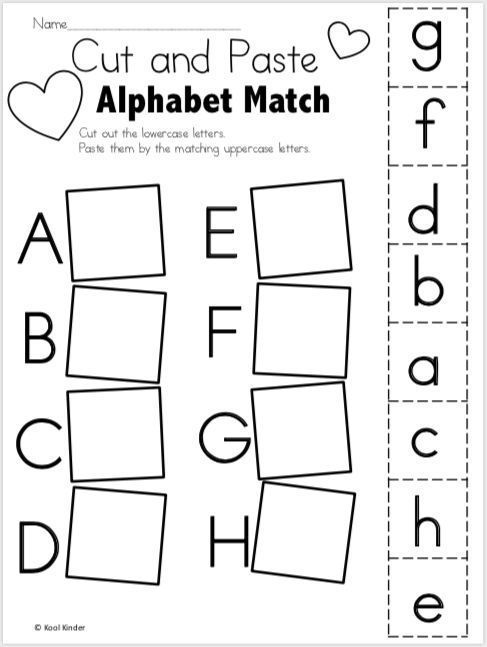 The “a” in “apple,” for example, is the “short” a sound, while the “a” in “cake” is the long one. Want to help your child jump into first grade vowels? Try this: Use your chalk to make simple hopscotch squares, but instead of labeling them with numbers, label them with vowel names. You have ten hopscotch squares to work with, which means you have space for both long and short vowel sounds for a, e, i, o, and u. Either you or your child can write a letter in each box; on top of the letter, though, write the symbol for long or short. So the “a” in “apple” (short sound) should look like a with a u on top, but the “a” in “cake” should have a straight line on top.
The “a” in “apple,” for example, is the “short” a sound, while the “a” in “cake” is the long one. Want to help your child jump into first grade vowels? Try this: Use your chalk to make simple hopscotch squares, but instead of labeling them with numbers, label them with vowel names. You have ten hopscotch squares to work with, which means you have space for both long and short vowel sounds for a, e, i, o, and u. Either you or your child can write a letter in each box; on top of the letter, though, write the symbol for long or short. So the “a” in “apple” (short sound) should look like a with a u on top, but the “a” in “cake” should have a straight line on top. - As your child hops on each box, have them say the letter sound correctly in order to advance. Invite a friend or two, and you've got a friendly game going; miss the sound and you go back; say it right and you jump ahead…not just into hopscotch, of course, but into important parts of the primary grades curriculum!
See this activity in a set: Phonics
How To Play Letter Jam | Step-by-Step Rules Instructions
Our step-by-step guide to the rules of how to play Letter Jam board game. This is a cooperative game wherein each round, every player has a letter that everyone else can see. But no one can see their own letter. Everyone either wins or loses collectively. The game is for 2 – 6 players at ages 10+. The rules for how to playLetter Jam are somewhat complex but are intuitive enough to have down by one game done.
This is a cooperative game wherein each round, every player has a letter that everyone else can see. But no one can see their own letter. Everyone either wins or loses collectively. The game is for 2 – 6 players at ages 10+. The rules for how to playLetter Jam are somewhat complex but are intuitive enough to have down by one game done.
FOR MORE: Games Like Letter Jam | BuyLetter Jam on Amazon
HOW TO PLAY LETTER JAM – WHAT IS IT?
Players try to find words that can be made with the letters they see. The player with the best clue spells it by marking the letters with numbered tokens. Your letter’s position in the clue helps you guess what it might be. Then you can move on to a new one! Guess them all before clues run out, and unscramble your hidden word.
HOW TO PLAY LETTER JAM – STEP BY STEP
Time Needed: Approximately 45 minutes.
This is a step by step guide for how to play Letter Jam the popular cooperative word board game.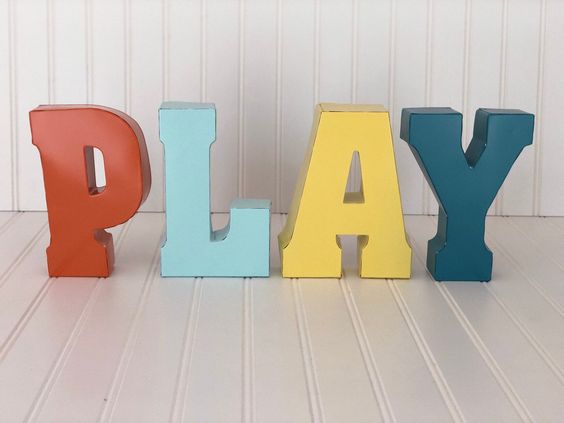 Additional notions and special rules can be found below the list. These will be referenced for your convenience.
Additional notions and special rules can be found below the list. These will be referenced for your convenience.
1. SETUP | Place Components on the Table
The first step of how to play Letter Jam setup is to put out the base game components. Put in the center of the table the Numbered Tokens and the wildcard
2. SETUP | Put Out Setup Card
There are four total setup cards that correlate with the number of players in the game. This is showing the top right corner. Place the one card in the center that matches the number of players. It has red and green dots on it, place the clue tokens that match these colors on each dot. The numbers in the bottom right tell you how many there should be.
3. SETUP | Make Secret Words For Next Player
Shuffle the deck of letter cards and divide them roughly amongst all the players. Everyone looks through their stack and makes a 5-letter word for the player on their right. Discard the rest of the cards and shuffle up the five letter cards.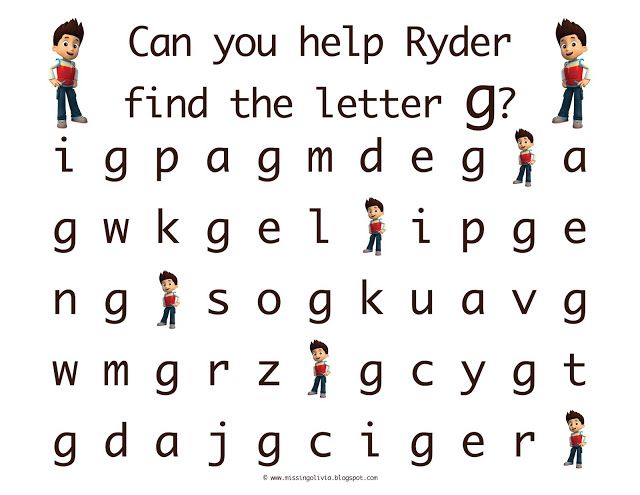 Pass those to the player on the right. Do NOT look at the word cards you were passed.
Pass those to the player on the right. Do NOT look at the word cards you were passed.
*There is also an app to help with this you can download.
4. SETUP | Make a Central Deck with the Discards
Take all the discarded cards (those not used to make the 5-letter words), shuffle them together and make a central deck. Place it in the middle of the table.
5. SETUP | Place Secret Word Cards
Each player puts their 5-letter word cards in a row face down in front of them. They then place the leftmost card in one of the plastic stands facing outwards toward the other players and so they cannot see their own letter.
6. SETUP | Take Pencil & Guessing Sheet
Each player gets a pencil and guessing sheet to write down letters during the game. Everyone folds the sheet to make a privacy screen to hide what they are writing.
7. SETUP | Make Non-Player Stands
You always play with all 6 stands.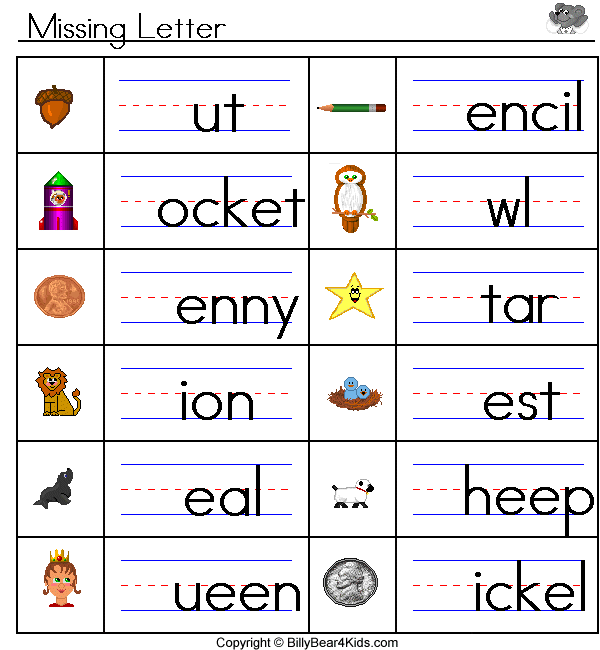 If you have less than 6 players, you need to make dummy players. Give each a green clue token and a random stack of cards matching the number on the setup card. After making the stacks, put the top one in the stand so all players can see them.
If you have less than 6 players, you need to make dummy players. Give each a green clue token and a random stack of cards matching the number on the setup card. After making the stacks, put the top one in the stand so all players can see them.
8. GAMEPLAY | Look at the Letters
At the start of each round, all players can see one letter in every card stand except their own. Look for a word you can spell using the letters you see. The same letter can be used multiple times, even if it is on only one card.
9. GAMEPLAY | Choose a Cluegiver
Players discuss their potential clues to see who has the best one. You must not give any information about players’ letters (see Cluegiver Rules below). Do not talk about a specific player’s letter and do not talk about what kind of word your clue is. All players choose the cluegiver together.
10. GAMEPLAY | Take a Clue Token
Each token on the setup card represents a clue someone can give. When you give your first clue, take a red clue token. If you already have a red token from a previous round, see Counting Clues below.
When you give your first clue, take a red clue token. If you already have a red token from a previous round, see Counting Clues below.
11. GAMEPLAY | Spell the Clue
The cluegiver spells out the clue using the numbered tokens. The first token marks the first letter, the second marks the second, and so on.
12. GAMEPLAY | Write the Clue Down
If the cluegiver uses your letter in the clue, write down the clue on your guessing sheet. Write a question mark to represent your unknown letter. Keep your guessing sheet hidden so no one accidentally sees their letter on your sheet.
13. GAMEPLAY | Try to Guess your Letter
You should have one or more guesses for your letter. Write them down.
14. GAMEPLAY | Decide Whether to Move On
If you are mostly sure about your letter, tip it over face down. Record your guess in the corresponding box at the bottom of your guessing sheet. If you aren’t sure, you can keep the same letter for the next round.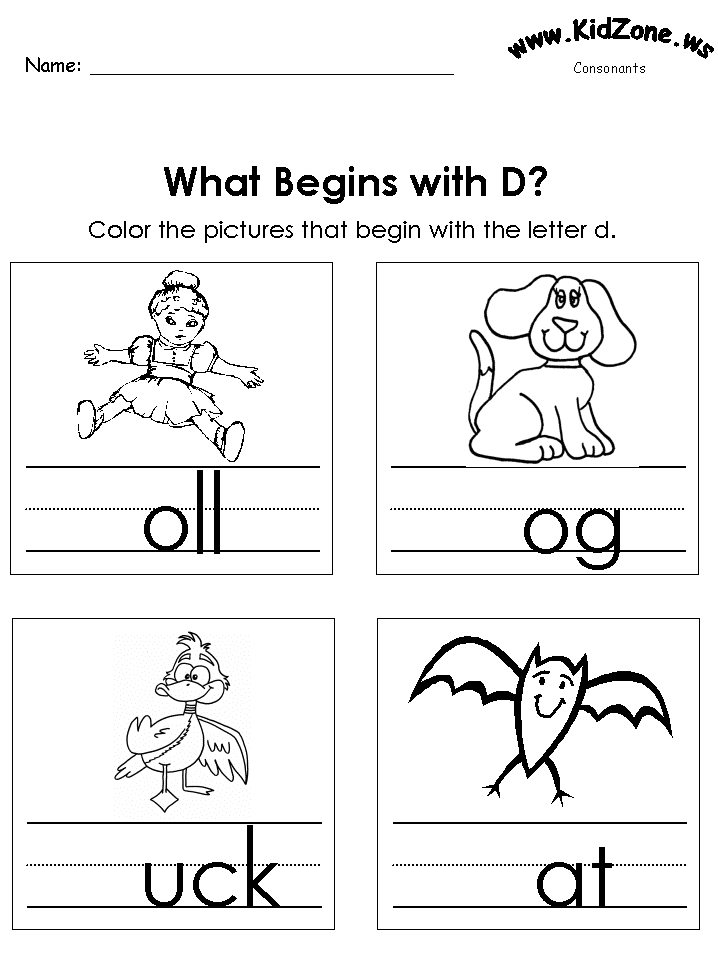 The choice is yours.
The choice is yours.
Once everyone has decided, those who chose to move on return their cards to their rows without looking at them. You never look at your own cards.
15. GAMEPLAY | Setup for Next Round
All players who chose to move on get new letters. Whenever you return a letter to your row, move your stand one space right and give it the next letter.
You must progress from left to right. Once you move on from a letter, you can never return to it. If a nonplayer stand is used in the clue, discard its letter and draw a new one from its stack.
Once players start taking new letters, return all numbered tokens to the center of the table.
16. GAME END | No More Clues
There are two ways the game can end: (1) If you end a round with no clue tokens for the next round, the game is over. (2) The game ends with leftover tokens if everyone decides they don’t need any more clues.
17. END GAME | Spell Secret Word
You should have a guess for each letter in your row.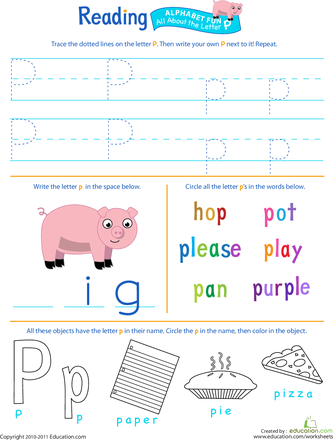 Hopefully, these letters can be rearranged to spell a word. When you think you’ve figured out your word, write it down. Keeping cards face down, rearrange them to spell your secret word.
Hopefully, these letters can be rearranged to spell a word. When you think you’ve figured out your word, write it down. Keeping cards face down, rearrange them to spell your secret word.
18. END GAME | Use Bonus Cards or Wildcard to Help
When trying to spell a word, any of your letter cards can be replaced by a bonus card or the wildcard. Simply place it face up on top of the card you want to replace. You can use more than one of these cards from the middle of the table, but no card can be used by more than one player.
19. END GAME | Reveal Words
Take turns. It is recommended to start with the players who are most sure of their words. You don’t have to spell the word you were given. If you were given HORSE, you can spell SHORE. You can use a bonus E to spell SHEER or even HEROES. Your goal is just a correctly spelled English word whose meaning you know without looking it up. And it counts even if you thought you were spelling something else.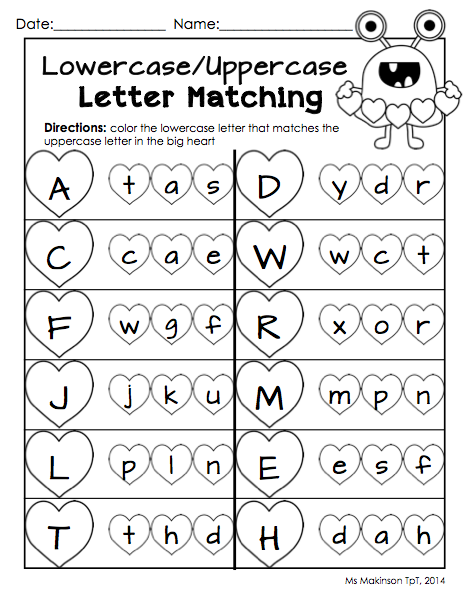
20. WINNING | Get Words Correct
If more or less everyone has spelled a word, then you have all more or less won. All players share in the victory equally. Of course, the goal is for everyone to correctly spell a word, but it’s hard to play a perfect game. If you get close, that’s close enough.
To come up with a score to determine how you did you can determine a score. Incorrect words score 1 point for each of the original letters guessed correctly. For correctly spelled words you get – 3 times its original length + 1 point per letter beyond that length + 1 point per available green token left on the setup card.
- 16 – 31 = Edible *
- 32 – 47 = Tasty **
- 48 – 63 = Yummy ***
- 64 – 79 = Delicious ****
- 80+ = Supersweet *****
The back of the setup card also has the above scale.
HOW TO PLAY LETTER JAM – KEY INFORMATION
WHEN DISCUSSING CLUES
Can Say:
- How many letters are in your clue.

- How many players it helps, but not which ones.
- How many nonplayer stands it uses, but not which ones.
- How many bonus letters it uses, but not which ones.
- Whether it uses the wildcard.
Do Not Say:
- “This helps everyone but Hank.”
- “My clue is sort of obscure.”
- “Can my clue be a place name?”
- “You two have the same letter!”
- “I see nothing but vowels.”
- “I use that letter twice.”
- “Sarah’s letter is hard to use.”
THE WILDCARD
The wildcard can be used to represent one letter. Simply place numbered tokens beside it to show where it is used in your clue. If the letter appears more than once in the word, you use the wildcard multiple times. However, you cannot use it to represent two different letters in the same word. The cluegiver is not allowed to say what letter the wildcard represents.
COUNTING CLUES
The tokens on the setup card represent the clues you can give.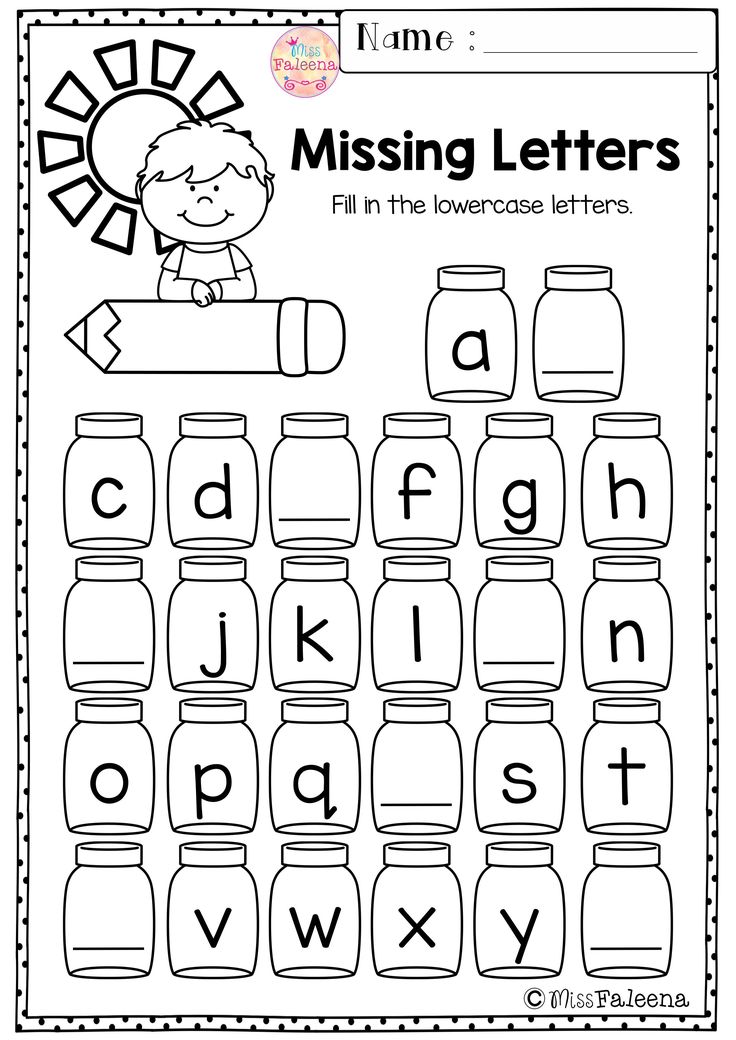 You always take a token when you give a clue.
You always take a token when you give a clue.
With 4, 5, or 6 players:
Take a red token when you give your first clue. If you have already given one, take a green token whenever you give a clue. Initially, the only available green tokens are those on the leaves. If none are left, you must choose a cluegiver who can take a red token – that is, a player who has not yet given a clue. When all red tokens are gone, everyone has given at least one clue and your team is rewarded – the green token in the center of the flower becomes available.
In a 3-player game:
You take red tokens for your first two clues.
In a 2-player game:
You take red tokens for your first three clues. Once all red tokens are gone, three green tokens become available.
NONPLAYER STANDS
The game always uses 6 stands, so each player will always see 5 letters. Cards in nonplayer stands can be used in any clue, just as if they were players’ letters.
At the end of the round, a nonplayer stand discards its letter if it was used in the clue.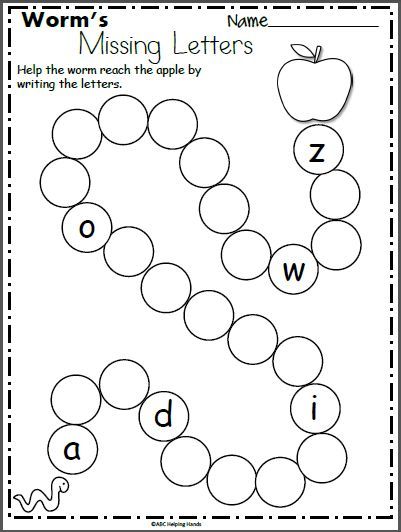 (Discards can go in the box.) Give it the next card from the top of its stack.
(Discards can go in the box.) Give it the next card from the top of its stack.
When the last card in the stack is drawn, the green clue token is revealed. Place it on one of the leaves of the setup card. Your team has earned one additional clue.
Once its stack is empty, the nonplayer stand draws its new cards from the deck in the middle of the table.
BONUS LETTERS
Late in the game, some players will run out of letter cards. If you return your last card to your row, draw a new one from the deck. Place your stand in front of your row to show you are done with your original letters. When someone uses this extra letter in a clue, you can try to guess it. State your guess out loud, then look at the card. If you guess correctly, it becomes a bonus letter. Place the bonus letter near the wildcard. (If you guess wrong, discard it.)
Whether you guessed right or wrong, draw a new letter from the deck. There is no limit to the number of bonus letters your team can have.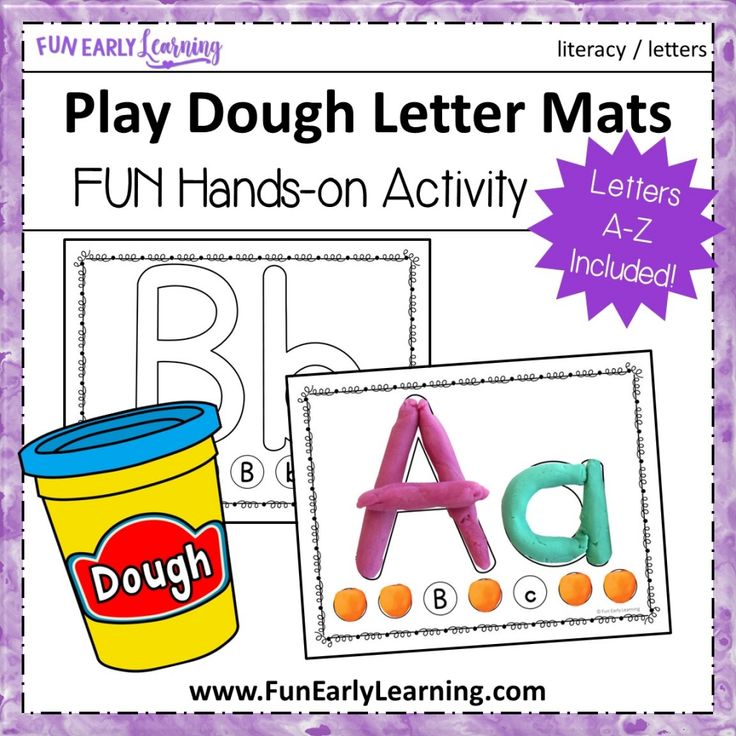 If multiple players are guessing for bonus letters, they may guess in any order. Nonplayer stands cannot make bonus letters.
If multiple players are guessing for bonus letters, they may guess in any order. Nonplayer stands cannot make bonus letters.
A bonus letter can be used to help spell a clue as though it were a letter in a nonplayer stand. After it is used in a clue, discard it. Bonus letters can also be used at the end of the game.
GAME CONTENTS
- 64x Letter Cards
- 1x Wildcard
- 4x Setup Cards
- 1x Pad of Guessing Sheets
- 8x Numbered Tokens
- 6x Pencils
- 6x Card Stands
- 6x Red Clue Tokens
- 9x Green Clue Tokens
- 1x Rulebook
HOW TO PLAY LETTER JAM – IN CLOSING
We hope you can now say you know how to play Letter Jam. This cooperative secret word game brings together the ideas of communication limits and a little bit of word knowledge. You do not have to be a wordsmith to play this game well, but it helps. This is more about good clues and getting the right information from them, collectively as a group.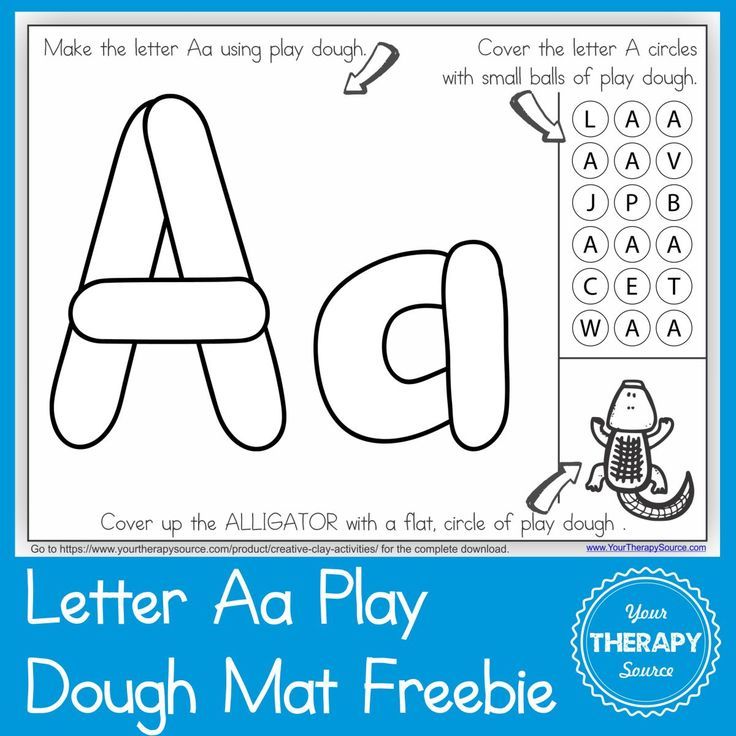 The rules for how to play Letter Jam can seem like a lot, but you will be up and running in no time.
The rules for how to play Letter Jam can seem like a lot, but you will be up and running in no time.
Ghost Letters - board game
Ghost Letters - detective board game with secret roles
Something mysterious is happening in a small town. The police have already knocked off their feet in an attempt to unravel the next crime. Fortunately, a young ambitious journalist found a mystical mailbox near the victim's house by accident. It's hard to believe, but something is happening to the photographs of evidence thrown into this box. Some of them disappear without a trace, and some return - as if a ghost is trying to tell you something. You just came to support your friend in her investigative journalism. And they were involved in the investigation themselves, like real detectives. However, it is possible that some of you were not here by chance - the killer may be hiding among your friends!
“Ghost Letters” is a secret role-playing game about investigating a crime.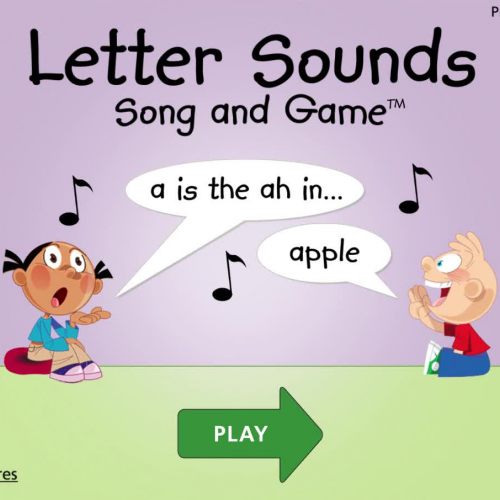 Detective players from 12 clues (images of objects) found at the crime scene calculate 3 true clues. The detectives are assisted by the Phantom Player (victim of the crime) with the help of other evidence-hints, associatively hinting at the true evidence. Hiding among the Detectives is a Killer who seeks to confuse the investigation.
Detective players from 12 clues (images of objects) found at the crime scene calculate 3 true clues. The detectives are assisted by the Phantom Player (victim of the crime) with the help of other evidence-hints, associatively hinting at the true evidence. Hiding among the Detectives is a Killer who seeks to confuse the investigation.
The game lasts 4 rounds:
- players choose from their hand and pass face-down 1 clue to the Ghost;
- The ghost opens the successful ones. And unsuitable leaves closed.
The player with the covert role of the Killer seeks to confuse the investigation, both by discussing open evidence and by bluffing about evidence left closed.
After 4 rounds, players vote by majority for 3 clues and the Killer player.
The more players, the more interesting roles: Accomplices of the Killer, Witness, Expert, Blackmailer. Advanced mode adds character cards with unique abilities to the game.
4 - 12 players: competitive mode (Ghost and Detectives team vs.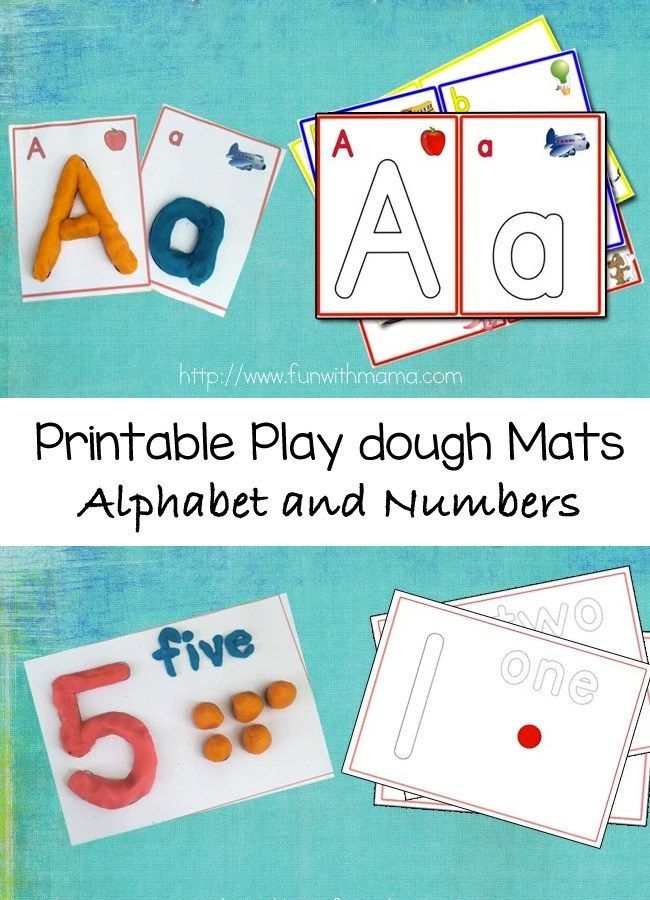 Killer and Conspirators team)
Killer and Conspirators team)
2 - 3 players: cooperative mode (Ghost and Detectives only)
Recommended age: 9+
Bundle: 30003
- 150 clue cards
- 14 secret role cards
- 12 character cards (double-sided)
- 3 category tokens
- 1 radio token
- 1 mailbox token
- memo card
- game rules
(total 150 cards 63x63mm, 27 cards 63x89mm)
The Mailbox expansion adds 150 new clue cards, 2 new characters, 1 secret role, tier 4 token, and the box itself add-ons in the form of a Mailbox, which acts as a "box" for passing evidence to the Ghost.
Game creator: Nikita Kuznetsov
Ghost Letter release date: December 23, 2020, Mailbox add-ons: April 25, 2022
Buy: https://economicusgame.com/shop
Game Rules: https://cloud.mail.ru/public/41NA/3as6zfBCa
Mailbox Unboxing - add-ons for the game "Letters" Ghost."
Atmospheric video trailer about the game Ghost Letters by Zundra Grapes
A brief overview of the game Ghost Letters from Niza Gams channel
Video of the rules of the Ghost Letters game
Explanation of the rules of the Ghost Letters game and an example of a game game (letsplay)
-
Ghost Letters, boardgame
-
Ghost Letters, board game
-
Letters of the Ghost, back of the game box
-
Ghost Letters, game layout
-
Ghost Letters Board Game, Secret Role Cards
-
Ghost Letters board game, character cards
-
Letters of the Ghost, illustration from the rules of the game
new letter from Krasnoyarsk mail terrorist
© unsplash. com/peter_forster
com/peter_forster
19 Jan 2022, 07:44
The text of a new report about the bombing of schools, churches and transport facilities in Krasnoyarsk has been published. It has the same author as the previous one.
The fifth mass evacuation of schools and kindergartens in Krasnoyarsk in January took place after another letter from a person under the nickname Black Bull. The text of the message was published by Prospekt Mira.
“Well... are we going to play today? Good) Mines are in kindergartens, schools) I also mined churches, 2 bus stations (Eastern and Intercity). And the railway station, viciously, - the message says (spelling and punctuation preserved). - You didn't fulfill my requirements yesterday. Today we will continue as promised. I will not give you life. About the fact that you think that you will check the school, and that's all ... What if one of the kids brought in "candy"? :) Think for yourself) I am the leader of the group <.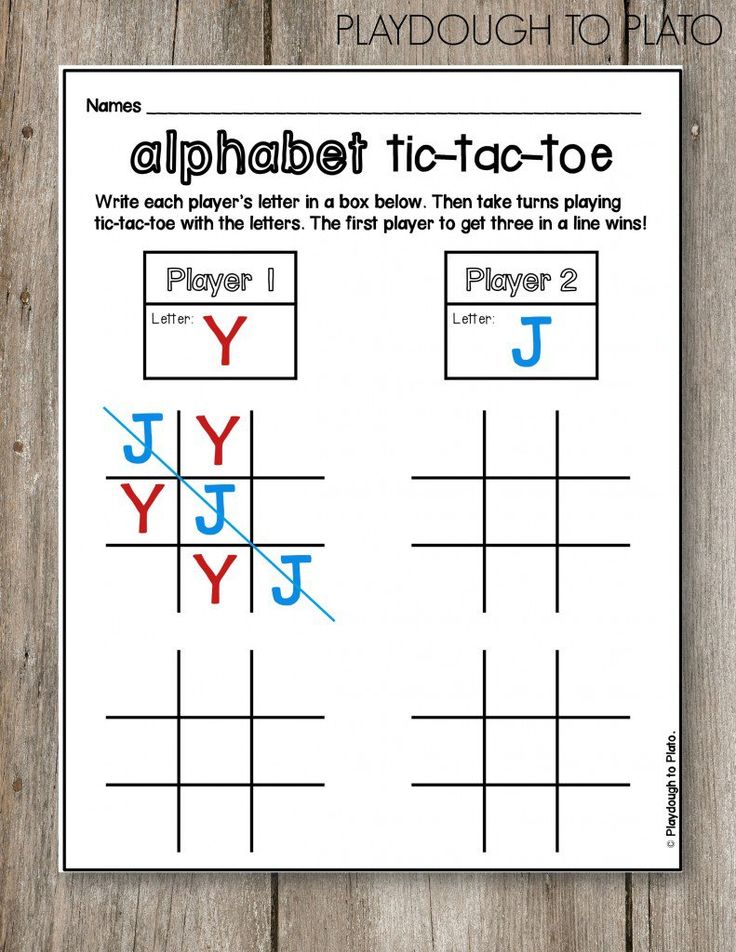 ..> You have time until 11:30, then it will explode. If you want to get a hint, call my telegram. I will get to your children, to your relatives. <...> tick-tock, the clock is ticking) The game continues).
..> You have time until 11:30, then it will explode. If you want to get a hint, call my telegram. I will get to your children, to your relatives. <...> tick-tock, the clock is ticking) The game continues).
In the letter, the author indicated his contact in the telegram. The letter was sent from the protonmail mail server from the address givemeblesss (similar to "Give me a blessing" in English).
On January 19, another mass evacuation of educational institutions took place in Krasnoyarsk due to reports of mining. This time, all kindergartens in the city were evacuated.
The previous letter was previously published, which came to educational institutions from the sender under the name Black Bull.
“I demand a ransom of 2kk [million] euros so that nothing happens. If the demands are not met, I will continue to terrorize your schools,” the letter says (spelling retained). “I advise you to transfer children to distance learning, if not, I will continue to do this, it is not known when it will be false and when it will be real).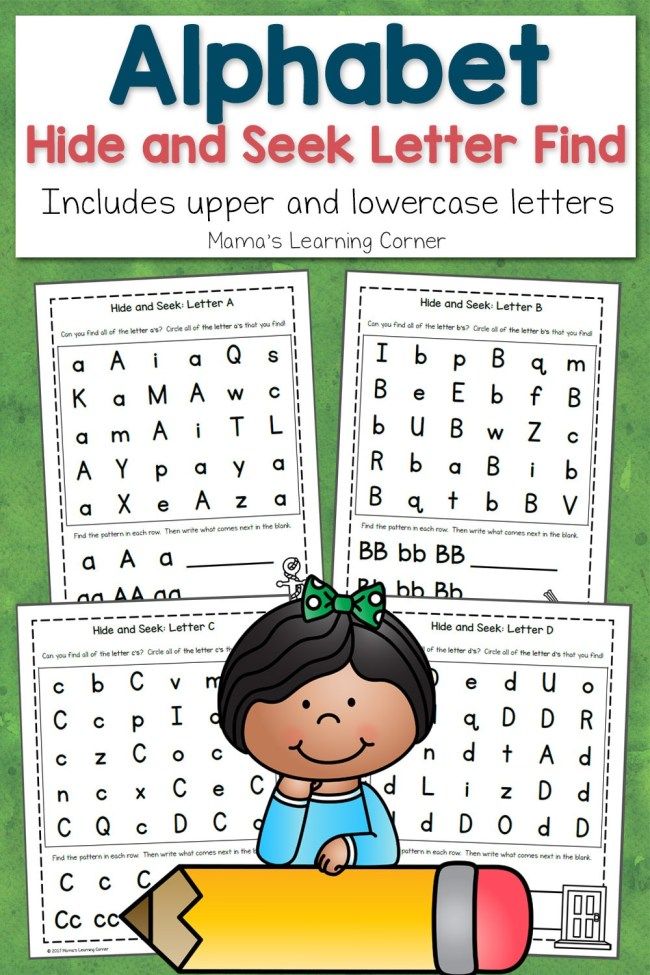 ”
”
Some schools eventually switched to distance learning.
For each fact of false mining, cases were initiated under Art. 207 of the Criminal Code (knowingly false report of an act of terrorism).
At the same time, on January 19, the Krasnoyarsk government announced that it was canceling the evacuation of primary and secondary schools, because they are under the control of the police and the National Guard.
News from rubric:
Media news2
Latest materials
01 Dec 11:43
The prosecutor's office checks the emergency landing of a Novosibirsk company helicopter with 21 passengersDec 01, 11:14
A resident of Tuva threw the daughters of a neighbor from the balcony, who prevented him from watching TVDec 01, 10:35
Bastrykin became interested in freezing Altai schoolsDec 01, 08:59
Who can lead the Novosibirsk region? Andrey TravnikovDec 01, 08:27
A family of businessmen died in a fire in Barnaul.